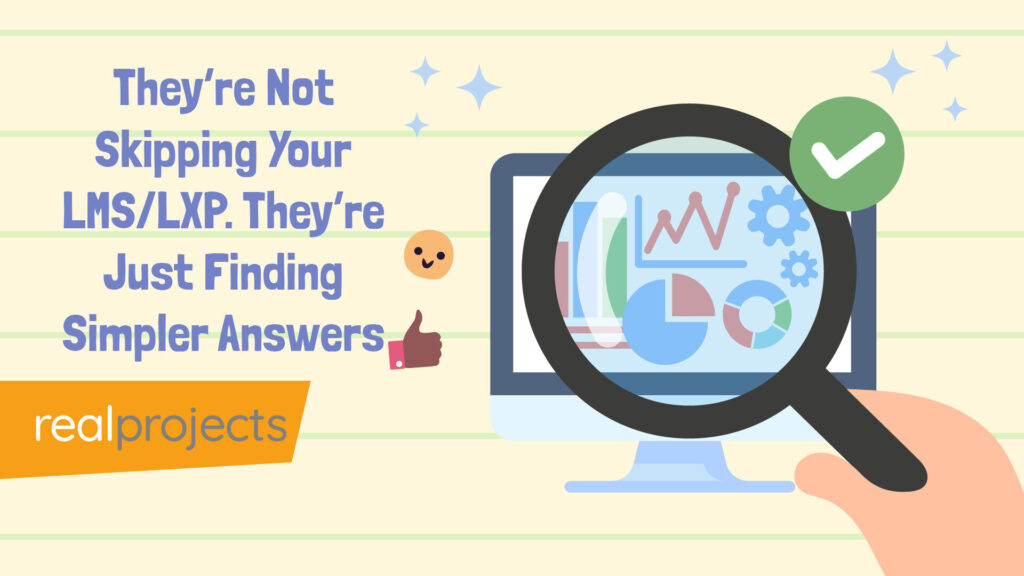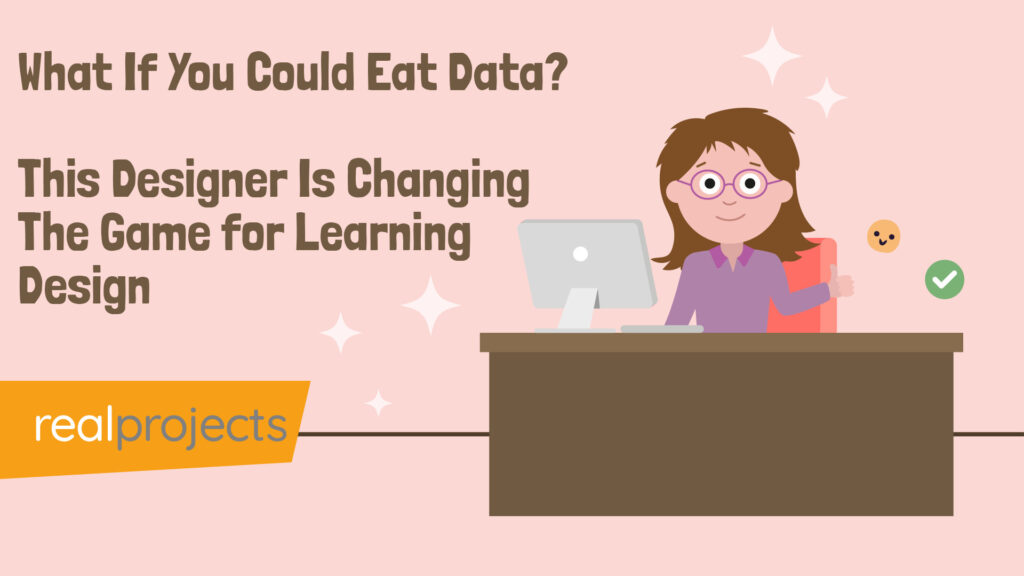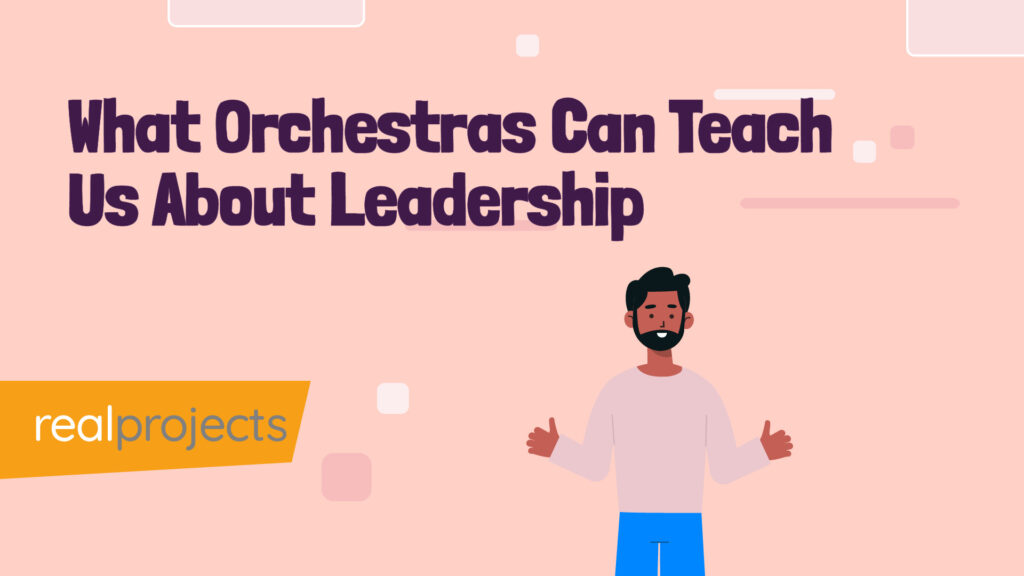You’ve probably been to World of Learning, Dev Learn or Learning Technologies. You might have been to the Learning Network Connect. You’ve stepped into a buzzing exhibition hall, vibrant stands vying for attention, conversations humming all around.
It’s a bit like a new car smell. It has a distinctness about it.
Everything looks new. New carpet. Shiny stands. There is a loud hum. All the brands that you remember, a few that you’ve not seen before.
You’re there to network—but could this event hold the key to reshaping your elearning strategy?
For L&D leaders, exhibitions aren’t just showcases; they’re opportunities to align your learning goals with innovative solutions.
Could this be part of an exhibition plan that deliver measurable results or will you just grab a load of merch and just post some images on the ‘socials’ with people you already know?
What Do Exhibitions Offer Elearning and L&D?
Think of exhibitions as a goldmine for tackling elearning challenges.
Whether you’re integrating AI into your LMS, improving engagement, or addressing accessibility, these events offer opportunities to transform your approach. As Scott Hewitt reflects, “Exhibitions provide you with the opportunity to get new ideas, meet new vendors, and gain insights for your strategic plans for the next year. They also offer a great chance to network and connect with others in the industry.”
Here’s how exhibitions can make an impact:
- Vendor Connections: Meet providers offering solutions that you need – do your research but don’t forget to check out companies you’ve never heard of.
- Emerging Trends: Attend keynotes to explore the future of elearning.
- Peer Insights: Exchange strategies with L&D professionals who’ve faced similar challenges.
These insights often go beyond surface-level observations, offering actionable ideas you can take back to your team.
How Do You Maximise Your Time at Exhibitions?
Attending without a strategy is like trying to teach without a lesson plan.
You need to be prepared.
Scott advises, “You need to plan—this has to be done in advance. While it’s good to reconnect with people you know, the key is meeting new people, discovering new vendors, and stretching beyond your usual network. The goal is to get fresh ideas and insights, not just the same old information.”
Here are some strategies to make the most of your time:
- Prioritise Your Goals: Research vendors and sessions that align with your organisation’s objectives.
- Ask the Right Questions: Be bold—ask vendors how their product address your specific challenges.
- Expand Your Network: Step outside your usual circle to discover fresh perspectives.
Hewitt also warns against a common mistake: “Don’t just do the same route each year. Yes, you’ll get the invite to a supplier’s stand as a customer, but how much time should you spend there?
This is the opportunity to explore what the market is doing and why. Otherwise, you risk missing opportunities to understand broader trends or discover better solutions.”
Why New Connections Can Transform Your Strategy
Some of the best takeaways from exhibitions come from unexpected conversations. A chance discussion with another L&D leader could reveal a tool that redefines onboarding or makes remote training seamless.
Hewitt emphasises, “The goal is not just to network but to gather fresh insights that push your strategy forward.”
These connections often lead to partnerships or new perspectives that directly influence your L&D initiatives.
Capture Insights, Don’t Just Collect Flyers
We’ve all been there—leaving an exhibition with a bag full of flyers and no real plan. Instead, take a more proactive approach to retain and apply what you learn.
Hewitt shares, “To turn insights into actionable strategies, share them with your team.
Have a plan for capturing notes and disseminating them effectively. Tools like Otter.ai, ChatGPT, or even photos on your phone can help you quickly put together a report for colleagues who couldn’t attend.
This ensures those insights translate into real value for your organisation.”
By capturing and sharing key learnings, you can ensure they feed into your strategic goals and lead to measurable results.
Why Exhibitions Are Essential for L&D Success
Exhibitions are like live case studies. They provide:
- A firsthand look at the latest elearning technologies.
- Opportunities to form partnerships that improve efficiency.
- Insights into solutions successfully addressing challenges like yours.
Relearning the Basics: What Really Works at Exhibitions
At one event, we decided to change our approach.
We simplified our setup, stepped out from behind the stand, and engaged every visitor with genuine curiosity.
Instead of pitching, we asked questions: What challenges are you facing? What’s working for you?
Do you actually know what your pain point is? What’s the problem that you are trying to solve?
One standout moment was a conversation with OpenSesame. That single interaction deepened our understanding of corporate training needs and sparked ideas that would shape our course library.
Turning Insights into Action
The feedback we gathered didn’t just inform our content—it transformed it.
We created shorter courses, added multilingual options, and introduced practical tools for engagement.
These weren’t just guesses; they were solutions to real problems shared by L&D leaders.
Tips for Making Exhibitions Count
- Go in with a Plan: Identify the sessions and vendors that match your goals. Find a list of the L&D Events that you can attend
- Stay Engaged: Avoid distractions—every interaction is an opportunity.
- Capture Valuable Insights: Tools like Otter.ai can help you bring actionable takeaways back to your team.
Your Next Step: Make Exhibitions Work for You
Don’t just attend an exhibition—immerse yourself.
Ask questions, explore solutions, and reflect on what you’ve learned.
By doing so, you’ll leave with not just ideas, but actionable strategies to enhance your L&D programmes.
Q&A
Q: How to develop a learning and development strategy?
A: Start by analysing your organisation’s goals and identifying skills gaps. Align L&D initiatives with these objectives, set clear outcomes, choose relevant learning methods, and measure success regularly.
Include input from stakeholders to ensure the strategy meets business and employee needs. Don’t forget all business areas like IT and Finance.
Q: What does an L&D strategy focus on?
A: It focuses on aligning employee development with organisational goals. Key areas include upskilling, reskilling, leadership training, employee engagement, and adapting to new technologies or market demands. The goal is to improve performance and prepare for future challenges.
Q: What are the pillars of L&D?
A: The pillars include:
- Skill Development: Enhancing individual and team capabilities.
- Leadership Training: Preparing leaders for current and future roles.
- Employee Engagement: Ensuring learners are motivated and committed.
- Alignment: Connecting L&D efforts to organisational goals.
Q: Why is it important to understand the organisational culture when designing an L&D strategy?
A: Organisational culture shapes how employees learn, communicate, and engage. Understanding it ensures the strategy fits the company’s values and wo



